[Editor’s note; The below is a FICTIONAL obituary of Marie Severin, written to point up the career she could have had, had she been born a man. Sadly many of the honors and accomplishments it mentions never happened. She never won a Rueben or a Grand Prix and she never contributed to Mad as a cartoonist. She did win a Friends of Lulu Award.
The art is all Marie though, and if it weren’t for the endemic sexism in the world and in comics, she could have and should have done all those things.]
As 2018 comes to close, a year that has seen the passing of a number of comics figures, we would like to remember one of the greats we lost. Marie Severin died this year at the age of 89, and we wanted to give her the obituary that she deserved.
Born in Rockaway, New York in 1929, she was the younger sister of noted comics artist John Severin, who died in 2012. Their father was an artist, and while Marie always drew, she thought that she lacked the talent to make it as a professional. It was through her brother John that she got her first job in comics. In 1949 she was working at a bank when he asked for her help in coloring when he worked at EC Comics.
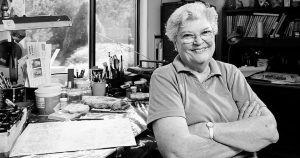
It was at EC that she made her first significant contribution to comics. She became the in house colorist for the company, which then was at its peak, also doing production art and other tasks. Some people called her the company’s in house censor, choosing color schemes and production approaches to underscore some of the gory and violent imagery in the company’s comics. Al Feldstein called her the “conscience of EC” but Severin herself thought that nonsense. A look at the breadth of work she produced shows that while she did at time downplay violence – in later interviews she cited concerns over the content and the battles over censorship and comics, which considering there Congressional committees and televised hearing suggests that she was just smarter and paying more attention than most at the company – her skill at horror was unparalleled. It’s hard to imagine horror and suspense in comics since then without the influence of Severin. She sought to use color to create atmosphere, to highlight the art, to play with the tone, in subtle and complex ways.
From 1949 to 1955 she colored much of the company’s output. When EC changed its approach and began focusing on Mad Magazine, Severin quickly became one of the magazine’s key contributors. She had drawn caricatures of the all boys club that were her co-workers at EC, which besides her brother included Harvey Kurtzman, Will Elder, Wally Wood, Jack Davis, Frank Frazetta, and other legendary artists. She was assigned a one page story when a last minute fill in was needed and the following day turned in a piece that she had rewritten and colored.
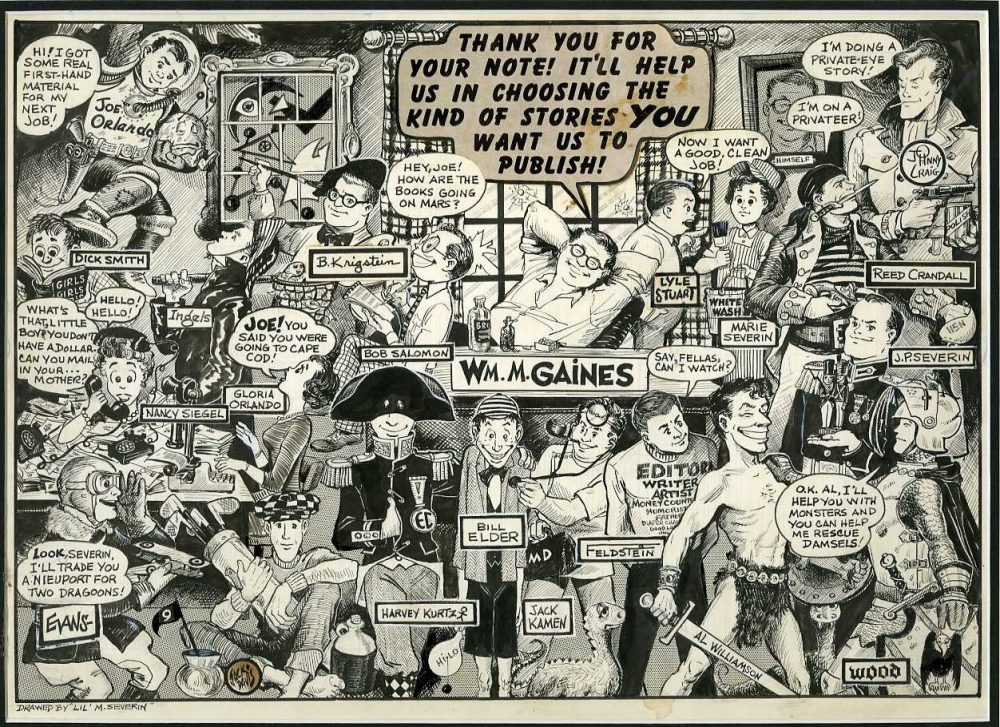
Severin continued as one of comics’ great humorists for decades. Besides her lengthy association with Mad – collected recently in two volumes – she was a contributor to Cracked, Crazy, Help!, Humbug, National Lampoon, Not Just Brand Echh, Panic, Plop!, Spoof, What The–?!, and for one issue, Spy Magazine.
Like many other EC alums, Severin was known for working in a variety of styles and genres. Though a gifted caricaturist and humorist, her science fiction and fantasy work remains beloved by genre fans. Comics fans know her for her brief run illustrating Doctor Strange in the pages of Strange Tales for Marvel. She replaced Bill Everett, who took over for Steve Ditko, and co-created the Living Tribunal. Prior to this and afterwards she was known for her work drawing covers of Galaxy and other magazines.
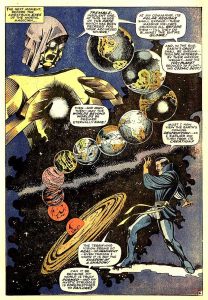
Kurtzman and Wood are credited with the great superhero parody with Superduperman, which appeared in Mad, and none of Severin’s individual stories ever had the same impact. In part because parodying the X-Men of that period or Magnus Robot Fighter, while they remain exceptional works of cartooning, are simply characters few people knew or cared about. It takes a fan with knowledge of the characters to appreciate and understand all the subtle references and details that she incorporated into those stories.
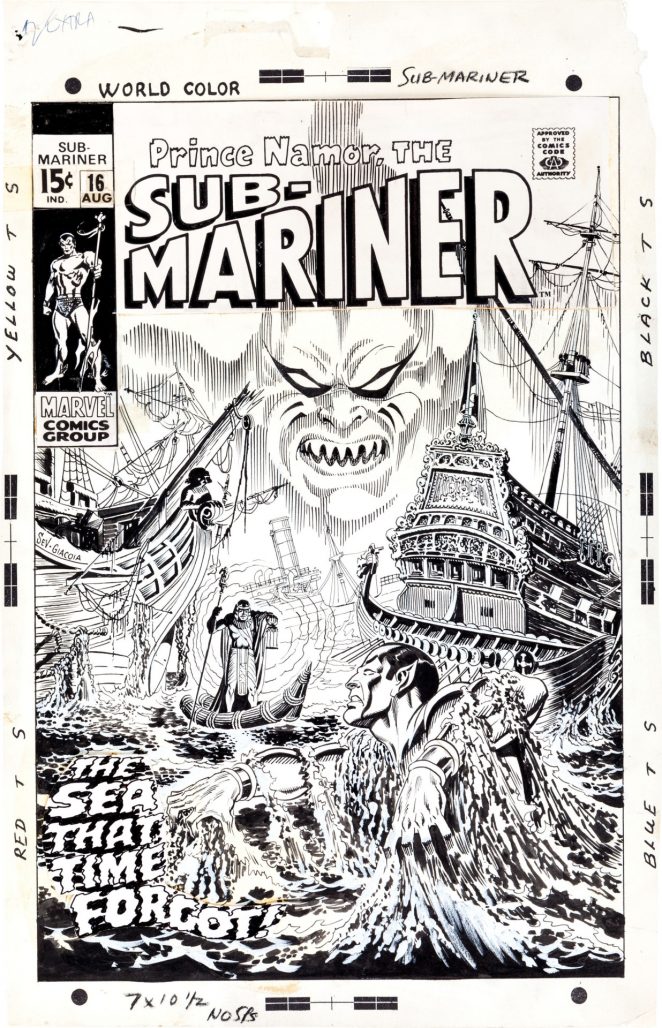
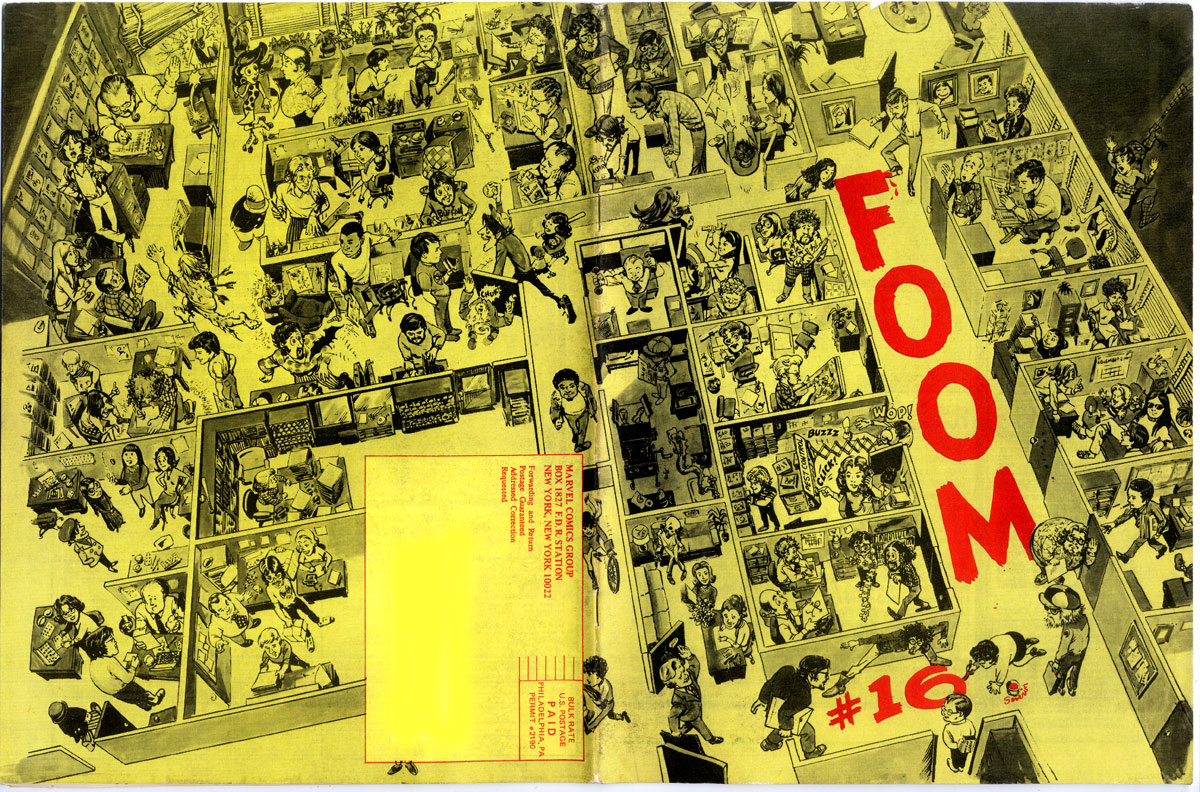
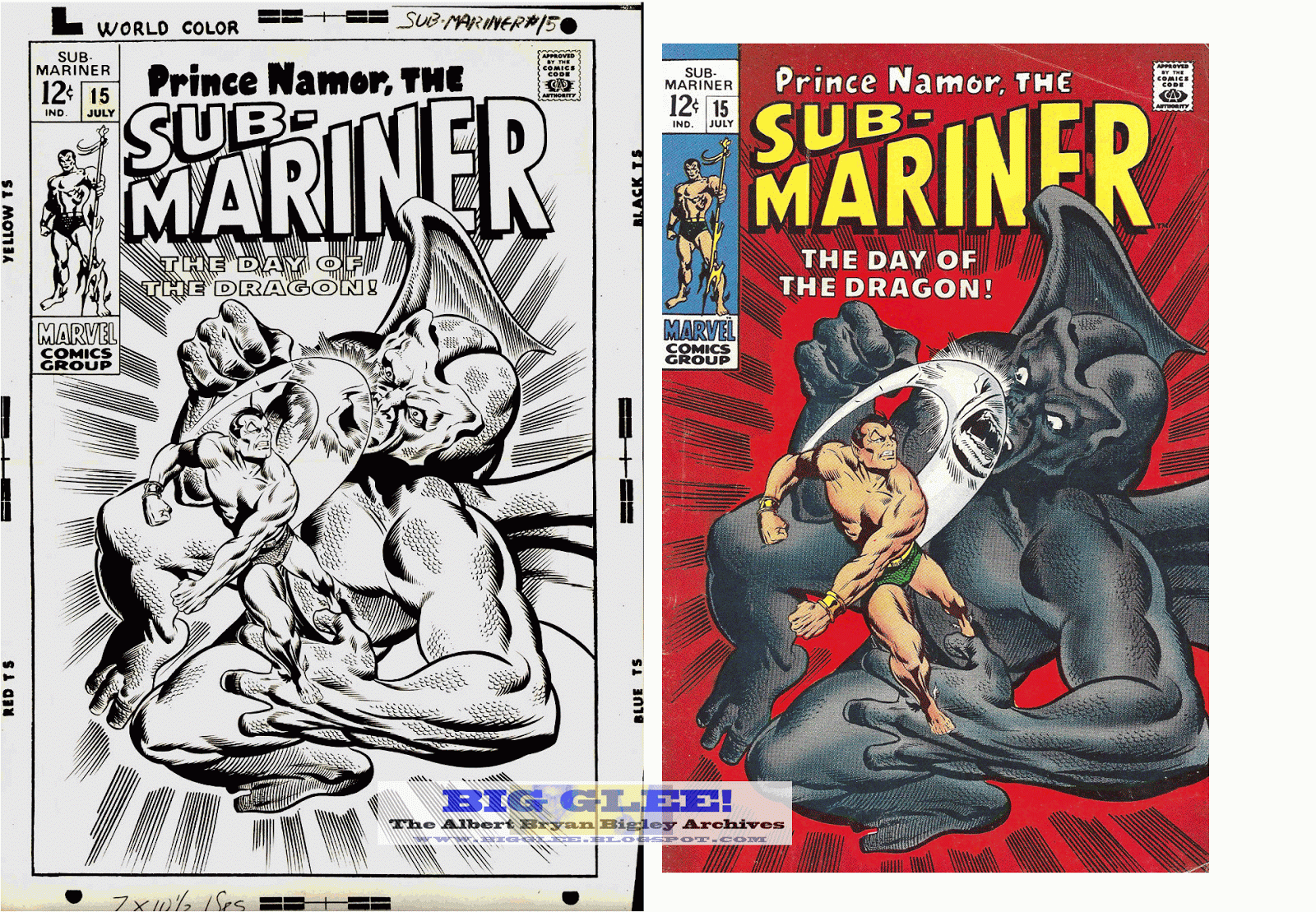
Along with Mort Drucker and Jack Davis, Severin was one of a handful of figures who emerged from comics into the wider world of pop culture and American art and design. Particularly in the 1960s and 1970s – in many ways a highpoint of illustration before photography took over to a greater degree – the three of them were drawing film posters, magazine covers, record albums, and advertising work. The reach and influence of Mad Magazine at the time was such that their work served as something of a tryout for other industries.
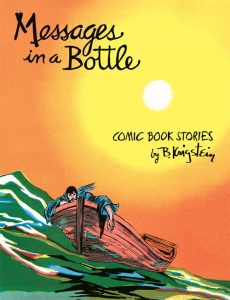
One of her final works was also one of her earliest works. In 2003, the book B. Krigstein was published by Fantagraphics, collected the work of the late artist and Severin recolored some of the stories reprinted in the book that she had originally worked on, which led to a series of interviews in various publications about her long career. The book was awarded the Eisner and Harvey Awards that year.
Severin suffered a stroke in 2007. The following year she received the Reuben Award from the National Cartoonists Society, the third woman to receive the prize and the fifth person to receive it primarily for contributions to Mad Magazine.
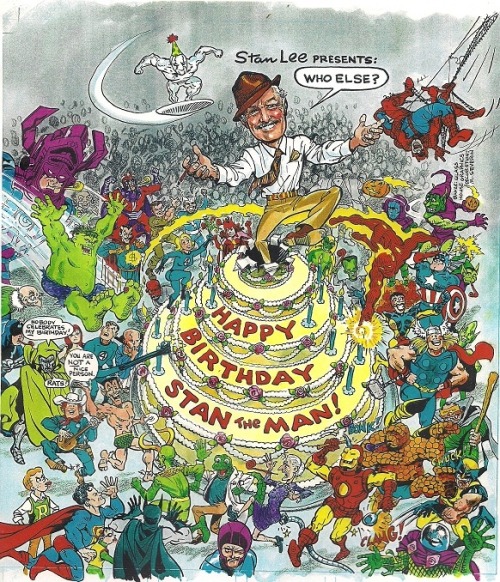
Only the fifth American to receive the award – after Will Eisner, Robert Crumb, Art Spiegelman and Bill Watterson – the decision to award it to Severin was at the time controversial. Since then it has come out that a number of men were put forward, but people were unable to come to a consensus. When Severin’s name was put forward, the vote was unanimous.
Severin was chosen for her body of work. For her connection to EC Comics, to Mad, to Silver Age superhero comics. Her work represents the ways that comics managed to penetrate the counterculture and transform it and society at large. She represented the ways that the medium has its connections to illustration and design through the work she and her contemporaries had been doing in recent decades, but also through the influence of her father, who was an illustrator, and that early tradition of illustration that so influenced early comics.
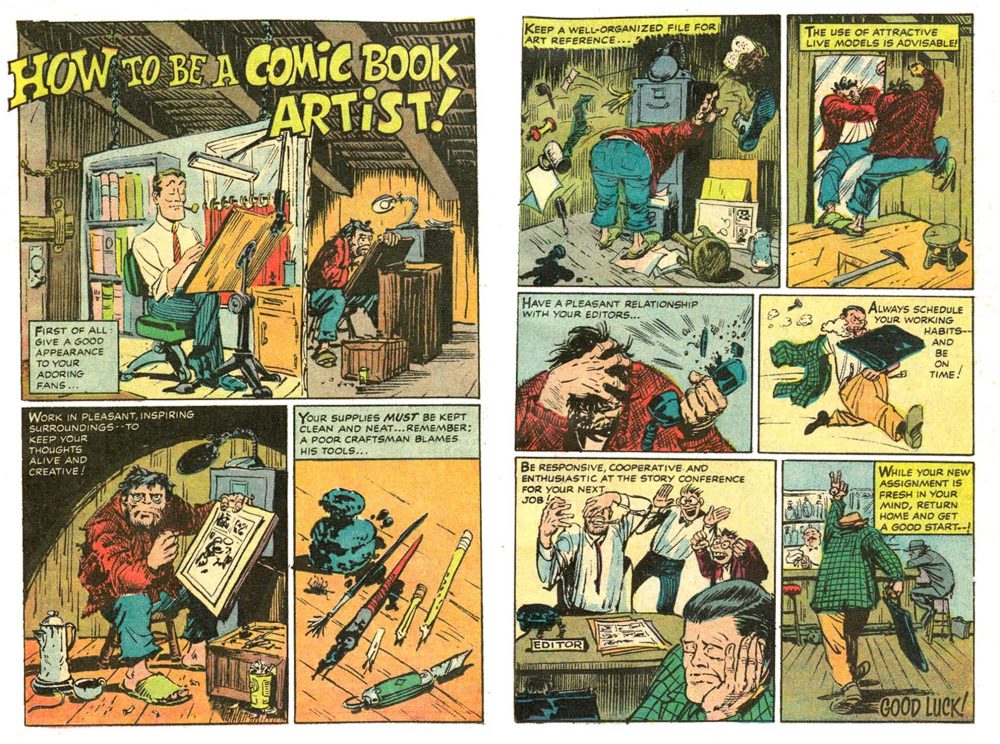
She represented the women whose skills exceeded their opportunities. Women for whom no matter how well they did a job, were never offered the chances that men were given who lacked the same track record. Women passed over time and again, first because they were too young to be worth considering, and then because they were too old to be worth considering.
Marie Severin’s work and life represented comics. A beat up, stepchild of a medium not taken seriously, not given respect, but who worked and toiled and put out work which may or may not have been acknowledged. Marie Severin did not just represent comics, she represented what comics could have been, and perhaps, what it still can be.
Rest in Peace, Ms. Severin.


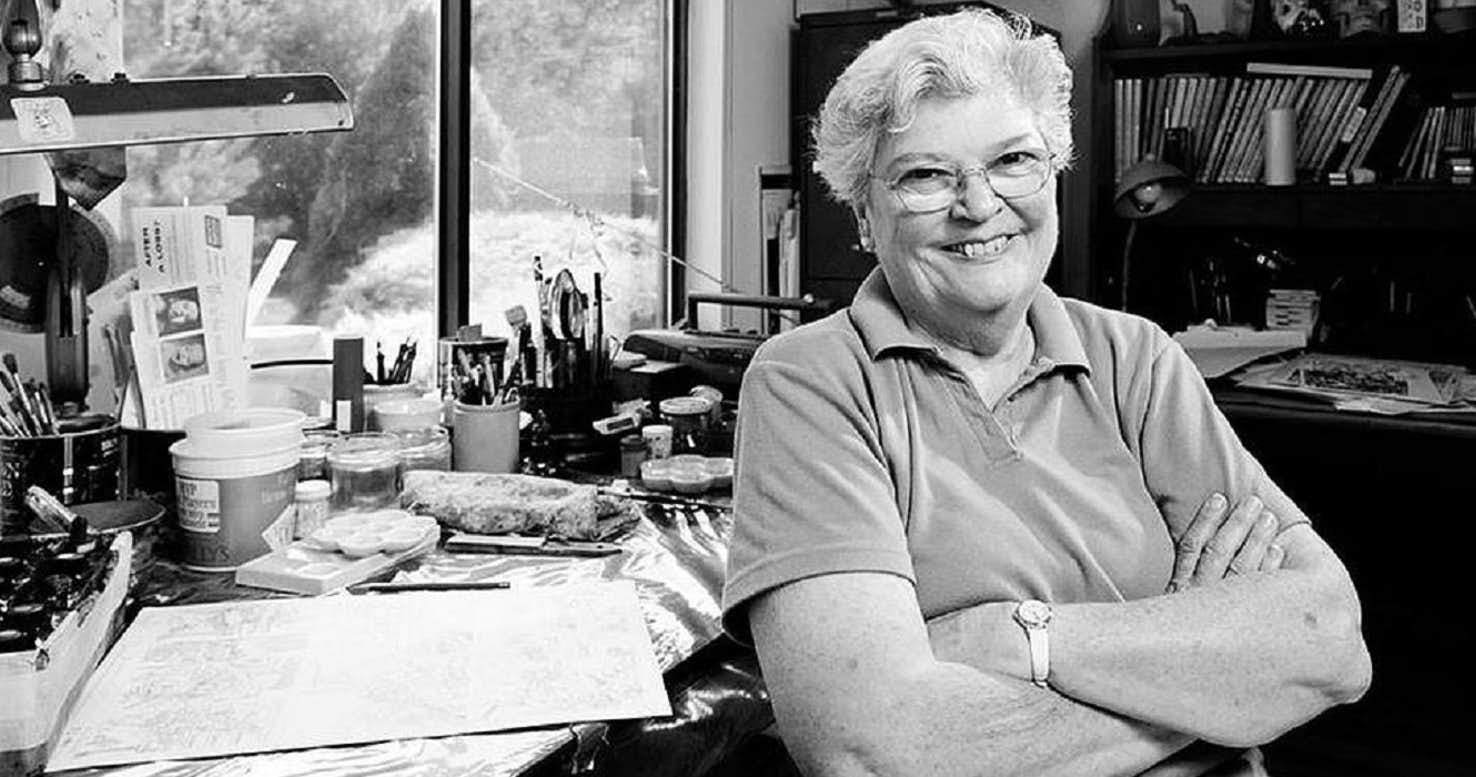
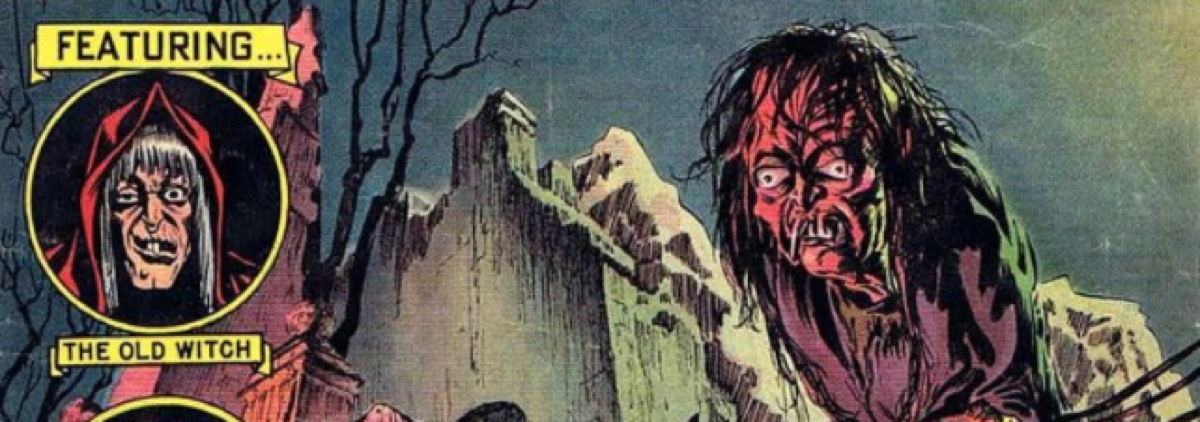






Hi Alex, I am honored that you used my photo of Marie Severin in her obituary, Is there a way that you could give me a by-line when you use my photos? That would be great!
Hi, Alex.
Beautifully done. A fine tribute to a wonderful artist. Question: Where did you see she was born in “Rockaway, NY?” Because there is no Rockaway, NY. There is Rockaway Beach, Rockaway Park and Far Rockaway (collectively called, “The Rockaways”) in Queens. And there is an East Rockaway on Long Island. Do you know where she was born? Or where you found that information? I’d love to know.
Dear fellow comic book artists: You owe a debt to female creators that you can never repay. Women built this industry by your side, and if you don’t believe that, well, you are an idiot, living in denial of objective reality.
Mourn this titan’s passing, just as you mourned Stan Lee’s.
She changed our industry. For the better. Just like all the other female creators, artists, and geniuses have. It’s WELL past time we not only acknowledge them, but HONOR them.
I learned how to be a comic book artist from a female mentor; Barbara Kaalberg. My career as a professional artist, such as it is, was born learning at the desk of an amazingly talented woman.
This eulogy was beautiful and wonderful. My only regret is that this towering talent wasn’t paid the respect she deserved during her lifetime.
Looking at the work here, Severin should always be mentioned in the same breath as Wood and Kurtzman.
“Some people called her the company’s in house censor, choosing color schemes and production approaches to underscore some of the gory and violent imagery in the company’s comics.”
Alex, “underscore” means “emphasize”. It’s not pedantic to point out that, if she did the opposite, you seem to need a different word.
Aside from that, this is an excellent tribute.
Marie’s work was always spectacular. One comic she drew that I think deserves special mention was her pencilling in the early issues of “Kull the Conqueror”, inked by her brother John, which is some of the finest fantasy art I’ve seen in comics. It had a real Hal Foster feel, but also uniquely Marie.
I am saddened that Alex had to employ elements of ironic fiction in this obit to, yes, underscore the fact that Marie Severin was deliberately denied the opportunities at E.C and Marvel to use her talents and skills to create the comics she was capable of doing, and that the artform and industry did not accord her the honors she deserved. This is to our shame and loss.
From my research in promoting the first comic convention to take place in EAST Rockaway this past November, Marie Severin was born and lived on Ocean Avenue in East Rockaway.
Comments are closed.